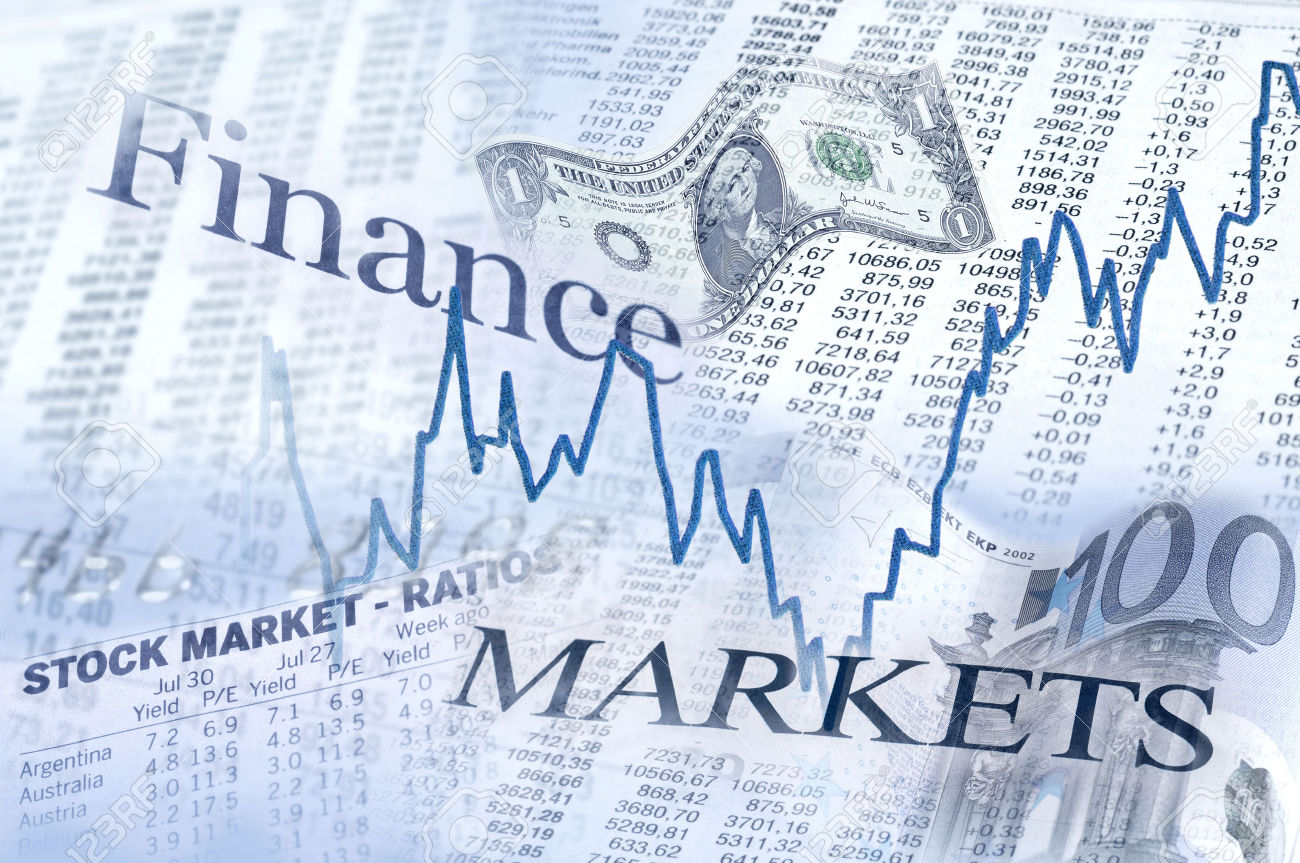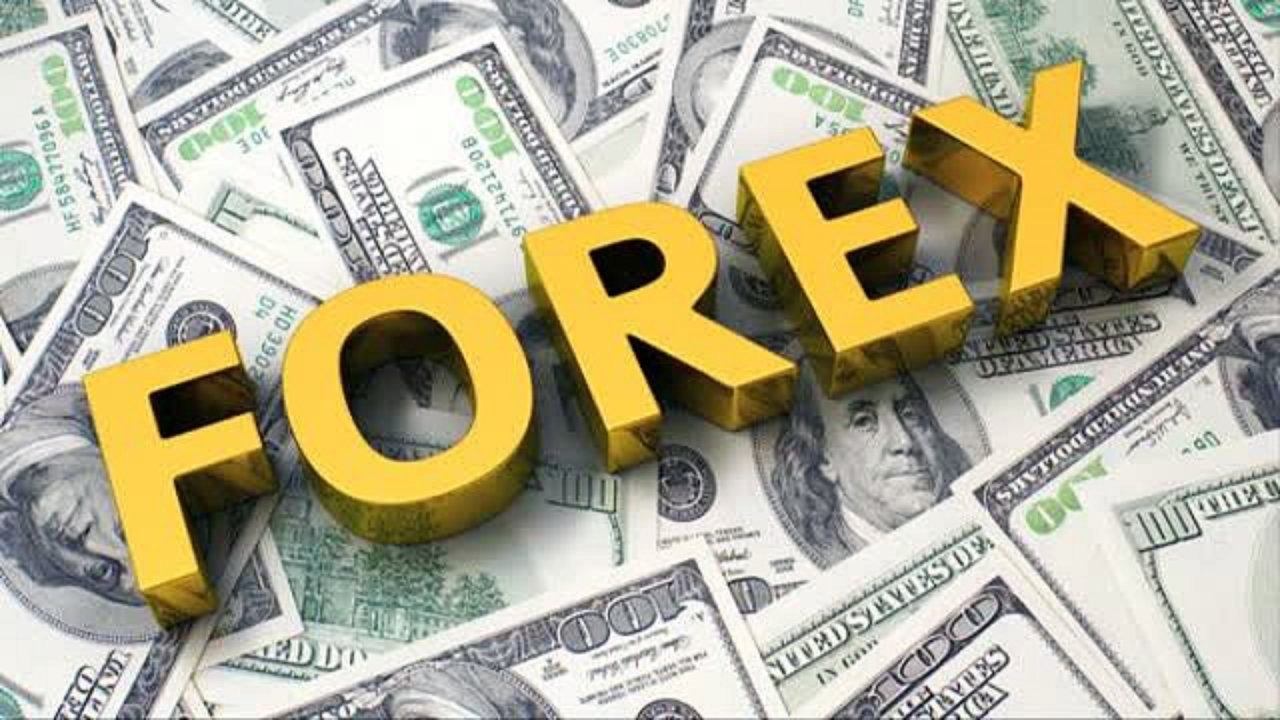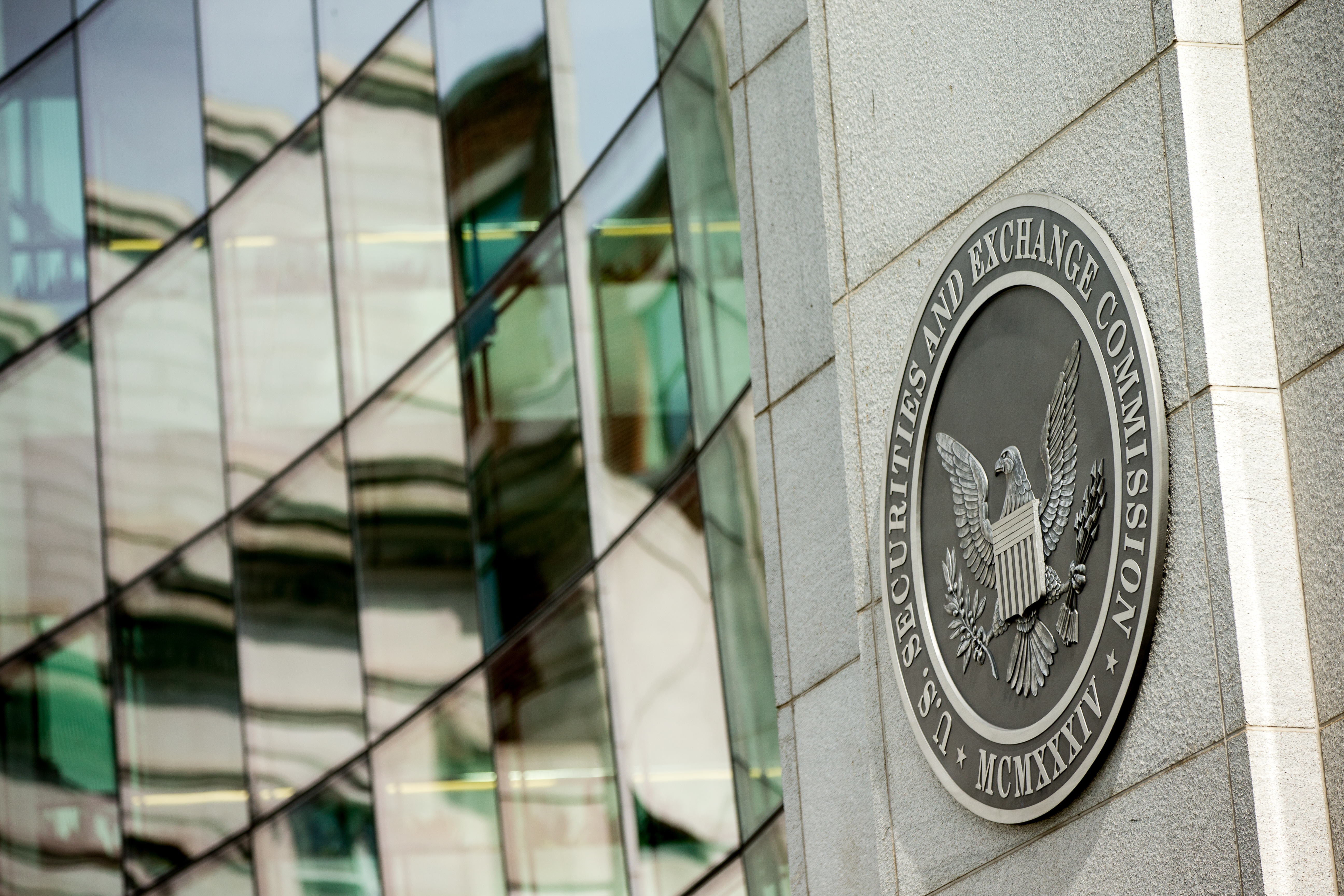
The Role Financial Institutions Play in the U.S. Economy
June 12, 2017
FINANCIAL INSTITUTIONS
 Depositary represents shares in a foreign company. They act as an agent for accepting stock certificates. They count the stocks, make payments to stockholders and send the stock to agents so they can transfer ownership to the purchaser.
Depositary represents shares in a foreign company. They act as an agent for accepting stock certificates. They count the stocks, make payments to stockholders and send the stock to agents so they can transfer ownership to the purchaser.
Contractual amounts represent the amount of money or interest an issuer promises to give at certain intervals for the use of a purchaser’s monetary investment. For bonds, it may be the Par Value or a fixed interest rate on the Par Value.
Investment banks underwrite security offerings. They provide advice regarding the structuring and pricing of new securities, in addition to buying and reselling securities. Also, they may have brokerage services to facilitate the buying, selling and trading of securities, acting as a middle-person.
MARKETS
 Capital Markets are for debt that matures after a year, in addition to stocks that have no maturity date. Money Markets are for debt that matures in less than a year. Derivatives get (derive) their value from the value of other traded assets, like futures and options.
Capital Markets are for debt that matures after a year, in addition to stocks that have no maturity date. Money Markets are for debt that matures in less than a year. Derivatives get (derive) their value from the value of other traded assets, like futures and options.
First-issuance stock occurs in the primary markets. However, the selling of previous owned stock occurs in the secondary markets. Initial Public Offering is a primary market buy/sell activity that is a one-time event.
There was a time when stocks were pieces of paper that brokers handed over the counter (OTC) upon purchase. Now, companies warehouse their stock in a vault beneath Manhattan with the Depository Trust and Clearing Corporation (DTCC). Upon a buy/sell numeric account adjustments occur in the brokerage firms’ accounts.
 Financial markets put lenders and borrowers together. Physical asset markets handle tangible or real asset. However, financial asset markets handle stocks, bonds, notes, mortgages, derivatives, and other financial instruments. Spot markets deal with assets bought or sold for delivery from now to within a few days. However, futures markets sell for delivery at a future date.
Financial markets put lenders and borrowers together. Physical asset markets handle tangible or real asset. However, financial asset markets handle stocks, bonds, notes, mortgages, derivatives, and other financial instruments. Spot markets deal with assets bought or sold for delivery from now to within a few days. However, futures markets sell for delivery at a future date.
It is important to note that the NYSE or SEC deems short term as any investment maturity of less than 1 year, intermediate-term 1 to 5 years and long-term as any maturity longer than 5 years.
Mortgage markets provide loans for residential, agricultural, commercial, and industrial real estate. Consumer credit markets involve loans for autos, furniture, appliances, education, vacations, personal, etc.
The size and scope of an organization will increase or limit its buy/sell access to world, national, regional, and local markets.
Private markets work directly with purchases between the buyer and seller, e.g. bank loan. However, public markets are standard contracts the exchange, e.g. NYSE, NASDAQ, Japan, London, Shanghai, Hong Kong and EuroNext.
 Foreign exchange markets involve the conversion of currency into other foreign monetary instruments of equal value. There is a risk that an adverse change in foreign rate can affect the cash flow of a company. InterBanks trade currency between banks and other financial institutions.
Foreign exchange markets involve the conversion of currency into other foreign monetary instruments of equal value. There is a risk that an adverse change in foreign rate can affect the cash flow of a company. InterBanks trade currency between banks and other financial institutions.
INTERACTIONS
 Depositary handle any issuances where there are foreign stock transactions, between countries.. Otherwise, it is domestic trading.
Depositary handle any issuances where there are foreign stock transactions, between countries.. Otherwise, it is domestic trading.
Contractual amounts set the amount of an agreed amount, whether it is a face value, dividend rate, future rate or exchange rate agreement.
Investment banks set the prices of securities and facilitate the buy/sell process.
There is a vast number of issues that afflict the current economy.
However, a few to note are things like not everyone follows the same rule in calculating and recording transactions. This makes it difficult when trying to compare the performance of two companies.
Additionally, when dealing with foreign market, there is the issue of the effective rate of return depends on the performance of the security in its native and the exchange rate of foreign currency.
For the company that seeks to gain the most, it is in their best interest that the opposing foreign company’s native country has weak currency. This allows for them to buy more of its currency.
Fortunately, the Federal Reserve tries to regulate interest rates as not to flood the market with devalued dollars or strangle growth.
Investment Banks try to set rates that will ultimately deliver the face value of securities.
Ultimately, the entire system bases itself on trust and the concept that most companies will exercise its fiduciary responsibilities in an ethical manner. However, the specter of large gains, huge bonuses and increasing shareholder value and have adverse effects on executive management decision making and behaviors.
The recent recession of 2007 exposed high risk behavior and unscrupulous activities – if not illegal – by C-level executives who thought more about profits, bonuses and payouts, then they did stability and fact-based decision making.
 Greater oversight with standardization of practices can squeeze out the subjectivity of some financial behaviors. Dodd-Frank for Wall Street reform and consumer protection passed in 2010, and Sarbane-Oxley for ethical financial reporting are good starts. However, the Sarbane-Oxley Act passed in 2002. Bernie Madoff didn’t get caught until 2009.
Greater oversight with standardization of practices can squeeze out the subjectivity of some financial behaviors. Dodd-Frank for Wall Street reform and consumer protection passed in 2010, and Sarbane-Oxley for ethical financial reporting are good starts. However, the Sarbane-Oxley Act passed in 2002. Bernie Madoff didn’t get caught until 2009.
Some argue that Dodd-Frank doesn’t go far enough.
The subprime crisis revealed how poorly outdated the rating system is for rating agencies for bonds, i.e. whether it is predictive or subjective.
Perhaps the system is not perfect. Humans are predictable. Something will very likely happen again that exploits holes in the legislation. Corporations pay hefty legal retainers to ferret out ways to legally game the system and increase profits. History shows many walk up to the line. It only takes a few to inch a hair over the line for a national catastrophe to occur.
Human behavior, managerial and congressional courage, social responsibility and business ethics must continue to evolve.
INSIGHT
By focusing on reducing costs and having a clear innovation process, a company can create value for customers by offering high-quality products and services, create value for employees by developing training that allows them to make use of their skills and talents to their fullest and create a stress-free environment that nurtures creativity, innovation, high-performance and dedication. The effect of these elements increases cash flows and returns which creates value for investors.
Arnebeck, W. C. (1983). What to Look for in a Depositary. Directors & Boards, 8 (1), 38-32. Philadelphia PA: MLR Holdings LLC d/b/a Directors & Boards.
Brigham, E. F. & Ehrhardt, M. C. (2014). Financial Management: Theory and Practice (14 ed) . Mason, OH: Southern-Western Cengage Learning.
Cloninger, D. O. (1995). Managerial goals and ethical behavior. Financial Practice & Education, 5 (1), 50-59. Tampa, FL: Financial Management Association.
Garrett, D. E., Bradford, J. L., Meyers, R. A., & Becker, J. (1989). Issues Management and Organizational Accounts: An Analysis of Corporate Responses to Accusations of Unethical Business Practices. Journal of Business Ethics, 8 (7), 507-520.
Vito, M. E. (2013). Understanding the uses and abuses of the statement of cash flows: An examination of financial restatements post-SOX and implications of the JOBS Act on investor protections. Academy of Business Journal, 21-13. Gulfport MS: Academy of Business Research.
Wilson, B. K., & Donnellan, J. T. (2016). The Technology of Ratings Then and Now; Hiding in Plain Sight. Financial Markets, Institutions & Instruments, 25 (1), 49-74. doi:10.1111/fmii.12035